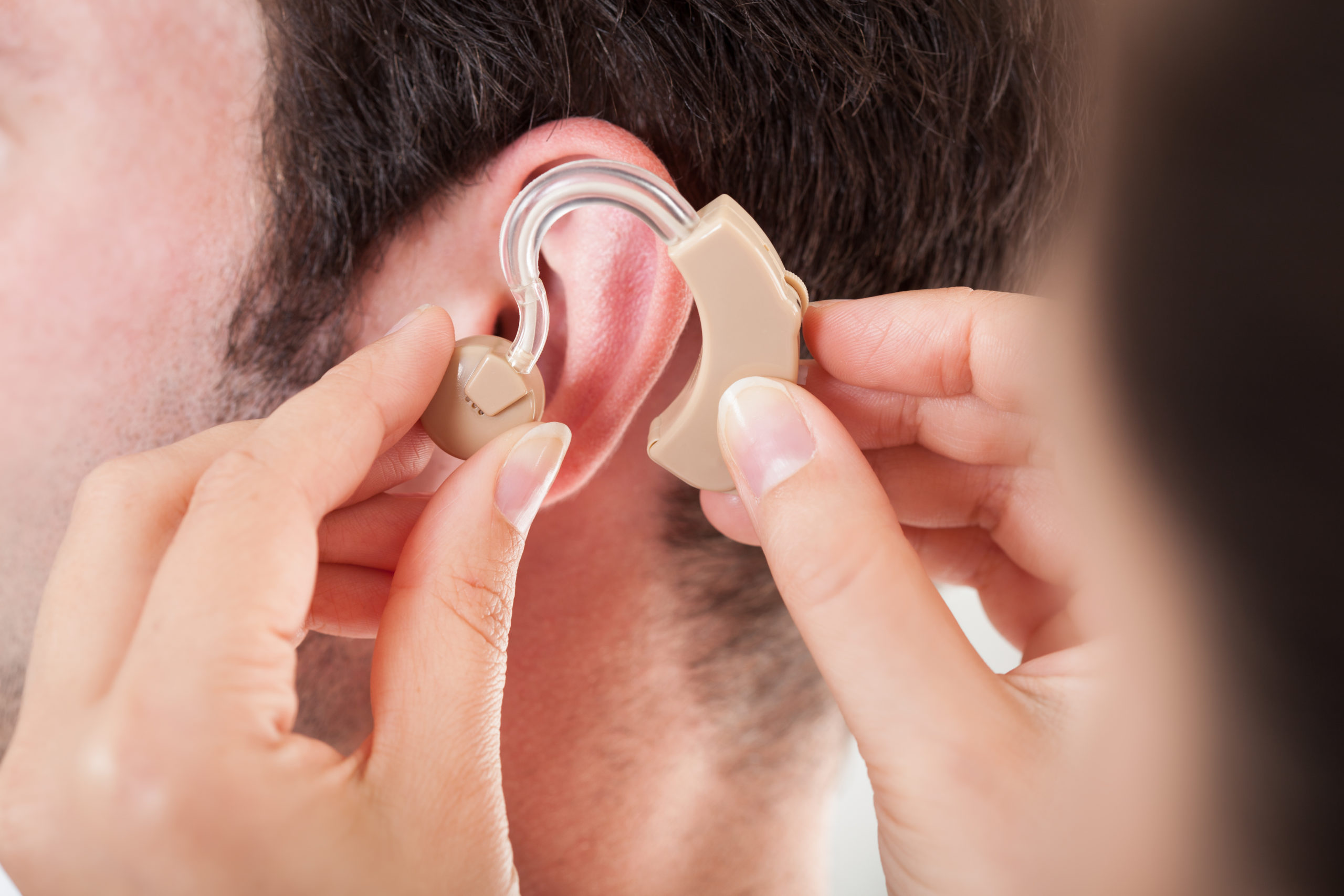

A hearing aid is a medical device attached to the ear to improve hearing for those who have hearing loss. Owing to technological advancement in recent years, several types of hearing aids exist in the market. Therefore, even though a hearing aid cannot heal or restore your capacity to hear, it can significantly improve your hearing. These come in all sizes and forms so that you can choose which one you would like to buy for yourself
Hearing aids have some basic components. These are:
Hearing aids are battery-operated devices. These basic components carry the sound from the surrounding, amplify it, and deliver it to the ears. The microphone collects the sounds and carries it to the amplifier that converts it to digital code. It modifies the sound depending on the extent of hearing loss, converts the digital code back to sound waves, and delivers it into the ears. Hearing aids are powered by a traditional or a rechargeable battery.
Current technological advancement has brought in a variety of hearing aids. All these types vary in size, price, utility, and have unique features. They are even different based on how they are placed in the ears. Designers are constantly challenged to make hearing aids that are least noticeable.
This is the smallest hearing aid available and is fit in the bend of the ear canal. It has a small plastic handle that is used for fitting and removing the device from the ear. Only the patients with mild-to-moderate conditions can wear this device. You must ensure that the device is comfortable before using it.
The CIC hearing aid is designed to fit snugly inside the ear canal. It is primarily for those adults facing moderate hearing loss. The features of this hearing aid are:
The ITC hearing aid only partly fits in the ear canal. This too is for the patients affected by moderate hearing loss.
The features of this hearing aid are:
The ITE hearing aid comes in two forms:
This type of hearing aid is placed on the top back part of your ear. A small thin tube connects the earpiece to the ear canal. This is suitable for all ages and all levels of hearing loss.
The features of this hearing aid are:
The RIC hearing aid is similar to the BTE, wherein the speaker is placed on the top part of the back of the ear. A thin wire connects the speaker to the receiver placed in the ear canal. The
The features of this hearing aid are:
The open fit hearing aid is a slight variation to the BTE style. This allows the ear canal to stay open. Only the high-frequency sounds are amplified.
Other additional features of the hearing aids that may help you in specific conditions are:
You must explore the following options before purchasing a hearing aid for yourself. You should try out your hearing aid and look out for the following before confirming the purchase. These are:
You must contact your doctor and your audiologist when facing such issues.
Call 1860-500-1066 to book an appointment
You would observe that your hearing aid would last long if you take good care of it. You should
Hearing aids have improved over the past many years. After the careful purchase of the hearing aid, it takes some time to get used to it; and you slowly begin to notice the improvement in the hearing. You must know that the hearing aid would not be able to restore your hearing function completely. It merely assists and magnifies the sound. In addition to this, you would have to give yourself time to get used to the hearing. It would be best if you also practice using the device in different places to adjust well. Finally, it would be best if you stay positive and regularly follow up with your doctor.
If you notice that loss of hearing is affecting your everyday life and your activities, you must visit your doctor to confirm the diagnosis and only then proceed with the purchase of a hearing aid.
Usually, the life of a hearing aid is approximately five to six years. Some of the devices work even after six years, but most require some repairs or upgrades.
If you have been diagnosed with hearing loss in both the ears, it would be advisable to wear hearing aids in both the ears as you would be able to hear better in a noisy environment, you would have better, improved signal, and you would also have an improved ability to localize the sounds.
The content is medically reviewed and verified by experienced and skilled ENT (Ear Nose Throat) Specialists for clinical accuracy.

December 12, 2024